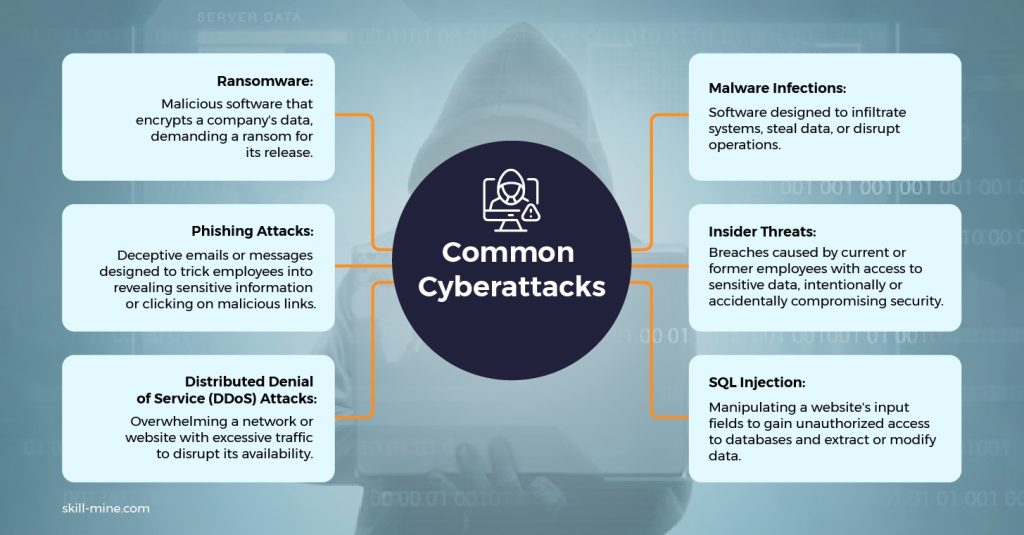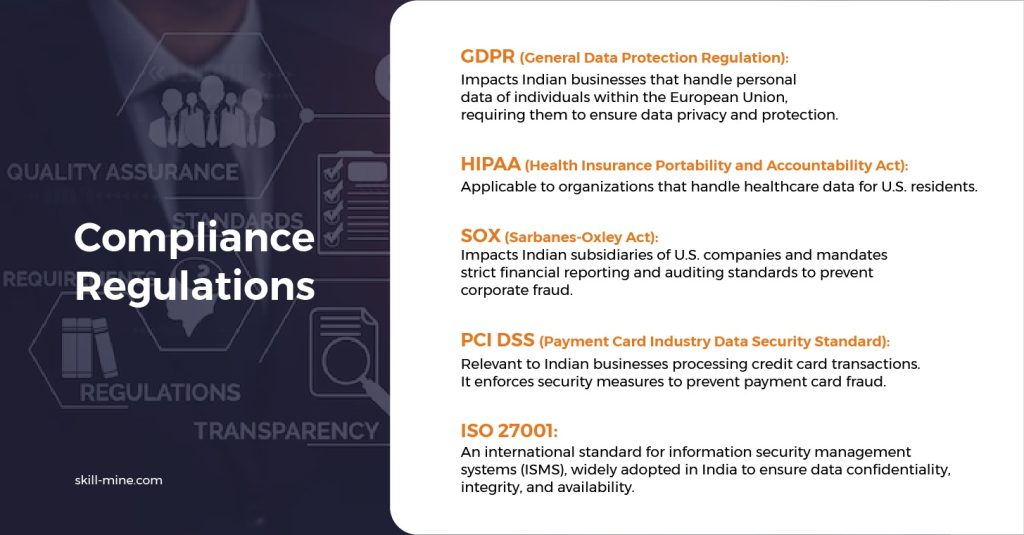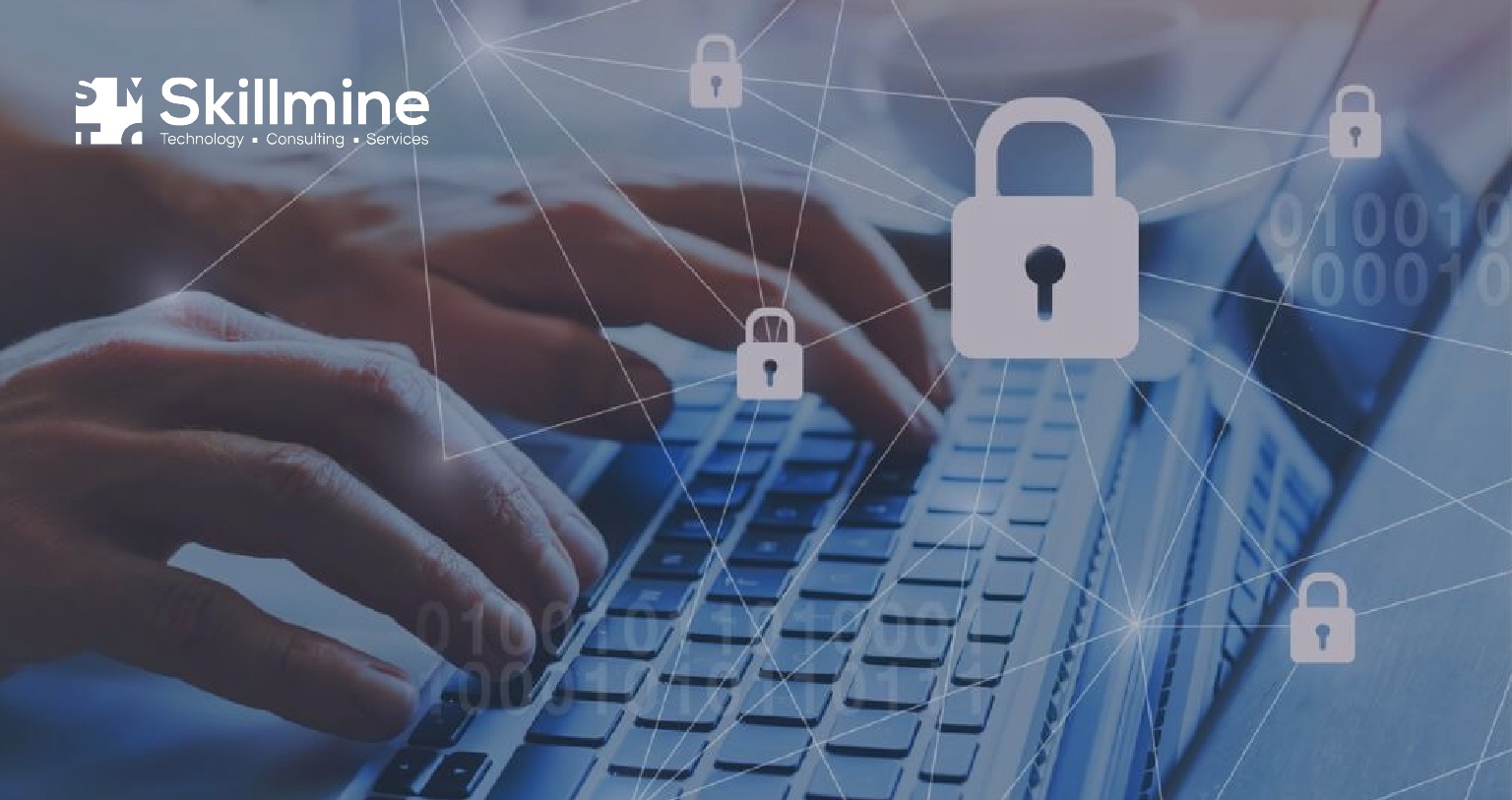As businesses increasingly embrace digitalization and technology dependency, the significance of cybersecurity and adherence to compliance standards is on the rise. For organizations plagued by significant compliance failures, the average cost of a breach amounts to $5.65 million. Cybersecurity measures are designed to shield organizations from digital threats, while compliance regulations ensure the adherence to specific guidelines and ethical standards. However, the intricate intersection of these two concepts often poses challenges. Let’s delve into the essential aspects of the synergy between cybersecurity and compliance.
Understanding Cybersecurity
Cybersecurity entails safeguarding networks, devices, and data from unauthorized access, theft, or harm. It encompasses an array of measures, including firewalls, antivirus software, encryption, and various techniques aimed at fortifying data and system security. Cybersecurity is a paramount concern for organizations of all sizes, as cyberattacks can have devastating consequences, including data breaches, financial losses, damage to reputation, and even legal repercussions. Consequently, prioritizing cybersecurity is imperative for all entities.

Understanding Compliance
Compliance pertains to adhering to specific guidelines and standards established by regulatory bodies or industry associations. These regulations are designed to ensure that organizations operate ethically and lawfully, with a focus on safeguarding the data of both customers and employees. The specific compliance requirements vary based on the industry and geographical location, and non-compliance can result in severe penalties, legal action, and reputational harm. Therefore, organizations must stay current with the latest compliance regulations and diligently uphold them.

The Intersection of Cybersecurity and Compliance
The convergence of cybersecurity and compliance is where organizations must not only secure their networks and data but also diligently adhere to the prescribed regulations and standards. These two facets are intricately linked, as robust cybersecurity measures are a fundamental component of complying with regulatory mandates. For example, the General Data Protection Regulation (GDPR) mandates that organizations implement adequate security measures to protect personal data, failure to do so can incur substantial fines and legal consequences. Furthermore, compliance regulations frequently necessitate risk assessments and the development of risk management strategies. Here, cybersecurity plays a pivotal role in identifying and mitigating potential digital threats.
Benefits of Integrating Cybersecurity and Compliance
The integration of cybersecurity and compliance yields several advantages for organizations. Firstly, it aids in the identification and mitigation of potential digital threats while ensuring adherence to regulatory requirements. Robust cybersecurity measures diminish the risk of data breaches and other cyberattacks, thus averting legal and reputational repercussions. Secondly, this integration streamlines operations, as compliance regulations often demand the documentation of security procedures and the implementation of policies and procedures for data protection. By merging cybersecurity and compliance efforts, organizations can efficiently meet these requirements while minimizing redundancy and enhancing productivity. Lastly, this synergy bolsters an organization’s reputation. A commitment to cybersecurity and compliance fosters trust with customers and stakeholders, potentially fostering increased loyalty and revenue.
Obstacles to Cyber Compliance
The contemporary business landscape undergoes constant transformation. Digital initiatives are relocating data and applications from conventional boundaries to the cloud. Technological advancements facilitate fresh integrations, the addition of endpoints, and the connection of IoT devices. Simultaneously, threats are evolving, with new risks emerging at a pace that often outpaces the development of defenses and regulations.
Amidst this dynamic and intricate setting, even organizations dedicated to cybersecurity and compliance encounter formidable challenges. Grasping the nature of compliance in the context of an expanding attack surface proves to be as demanding as ensuring that a dynamic environment aligns with all mandated cybersecurity standards.
Conclusion
The amalgamation of cybersecurity and compliance is indispensable for contemporary organizations. The intersection of these two critical components ensures that organizations not only secure their networks and data but also abide by regulatory prerequisites. Organizations must prioritize both cybersecurity and compliance to operate ethically, legally, and to protect their networks, data, and stakeholders effectively. Skillmine’s comprehensive IT GRC platform, COMPLYment streamlines regulatory adherence, minimizes risks, and ensures ethical and legal operation for businesses of all sizes.
Looking for expert technology consulting services? Contact us today.





